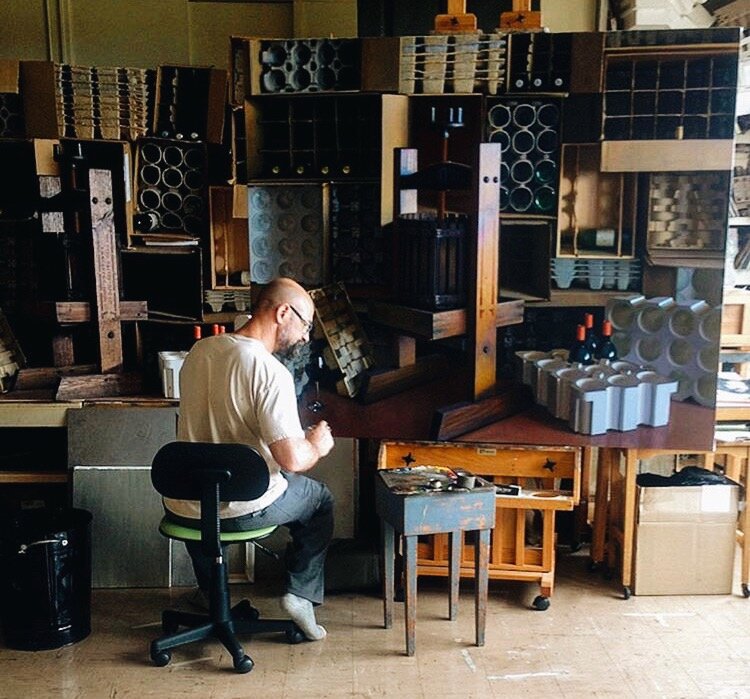

Worth a look?
What painting seasonally looks like and what some of the advantages/disadvantages are of being forced to paint in a studio for a few months out of the year.
As many of you know, Jeffrey T. Larson, (my dad) primarily paints from life rather than photos in an array of styles. For example, he is widely known for his outdoor laundry figures while simultaneously being known for his life-like still-life, both different yet very signature styles. Because of the fact that his art interest is wide and broad, living in an area of the world that allows for him to nurture and expand these interests while exploring different ways of painting has always been important to him. One question that he often receives is what that looks like, logistically, living in the “frozen tundra” that is northern Wisconsin. So, in this newsletter we’ll take a closer look at what painting seasonally looks like - the advantages/disadvantages of being forced to paint in a studio for a few months out of the year, and taking full advantage of the few months spent outside.
Working from northern Wisconsin means a long winter season, which surprisingly does result in a few benefits to the artist: due to north facing windows, there is steady northern light which results in consistent light in the studio and the ability to paint several hours on the same still-life. One still-life set up for sunny days and one for cloudy days. Winter painting is a time for pushing for refinement. It provides the ability to have total control of the piece’s composition, design, and drawing.
My dad considers it a “more intellectual time of painting” while practicing and having the freedom to refine all the techniques and “head-knowledge” of his trade. After a full winter season of seeing all the details and working hard on the technicalities of a painting in the studio, my dad has become a better painter… and a bit antsy and ready for the excitement of painting outside.





The easel is packed, bug spray applied, paint-stained hat on – “game day” is here, as my dad likes to call it. It must be spring. The beauty of plein air painting is trying to capture the sunlight. This necessitates simplifying the details and painting more broad, bold colors, a totally different approach than painting in the studio. While winter painting is often spent studying and refining, summer is spent thinking less and reacting more because the sun is changing fast, and you are forced to get the color down and make big decisions quickly. The subjects of pieces also change seasonally, winter being better fit for still-lives and portraiture and then switching gears to figures and landscapes during the summer.
“Winter is for refining, summer is “game-day” – less time thinking and more time reacting.”
Jeffrey T. Larson
My dad often has numerous paintings going throughout the day during the summer, normally six- seven, only able to spend an hour or two on each before the sun changes too much. The mornings and evenings provide the strongest, but fastest changing light so often that means laundry paintings first thing in the morning. Around noon is the most flat, overhead light (which also lasts the longest) – a lot of planning and intentionality goes into what each composition requires for light. Trying to plan your day around the light can be frustrating. Oftentimes my dad gets to his specific location only to have the clouds roll in. Sometimes a small piece will take a whole summer of going back to that “one field” to try and capture the light the same way it first captured his attention. After a full season of chasing light, swatting flies, and fighting wind, you feel a bit beat up and exhausted by it all, thus, my dad always looks forward to coming back into the studio in the fall. It’s a beautiful, rhythmic way of life.
My dad enjoys both and I don’t think would be the painter he is if he lived somewhere without such drastic climatic variation. He’s forced to adapt, be uncomfortable at times, and truly grow with each season that comes and goes. The indoor painter sharpens his sense of design, nuances and drawing skills while outdoor painting forces him to quickly see color, paint boldly and capture the fleeting effect – a symbiotic, complementary arrangement.















